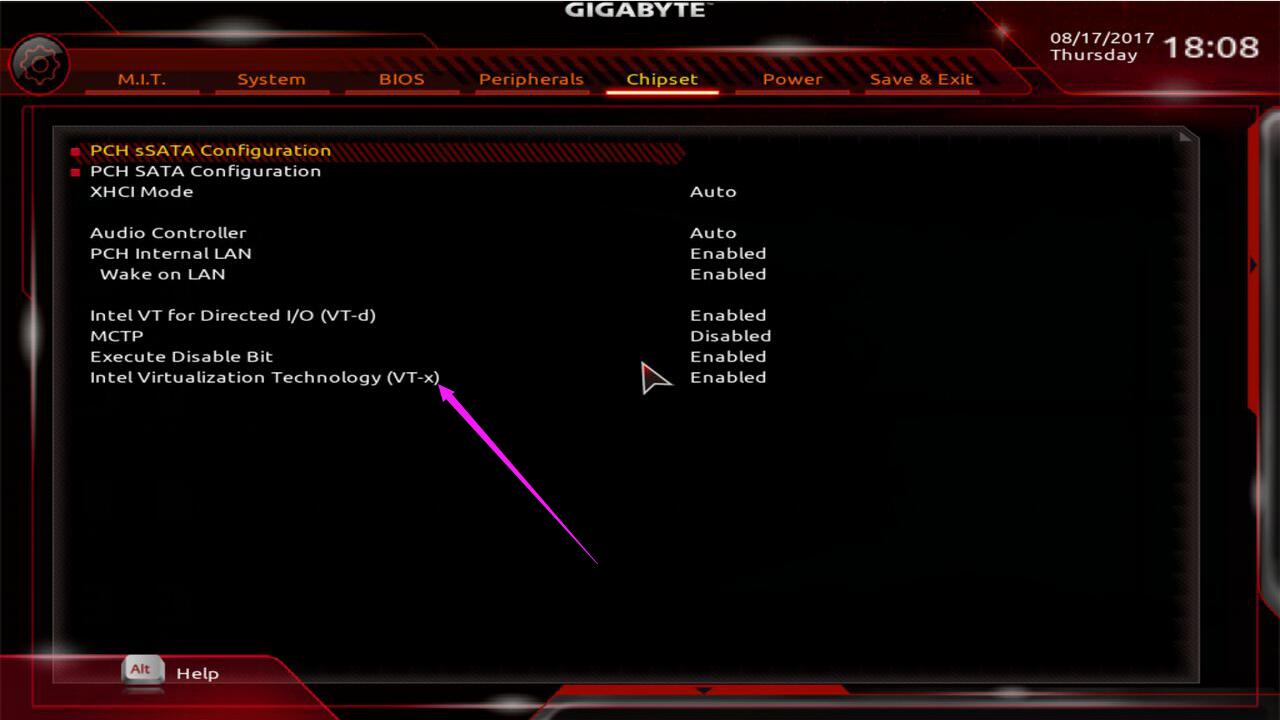

In order to use VT-d/AMD-V, you need the following hardware components:ġ. Windows 7 graphics workstation (VM) running on a Xen hypervisor with Linux dom0Ĥ. Windows gaming rig (VM) and a virtual HTPC (another VM) running on a Xen hypervisorģ. Linux host (dom0) for everyday use with Windows gaming VM (domU)Ģ. Using for example a Xen hypervisor with VT-d/AMD-V enabled hardware allows you to build a system with 2 or more virtual machines (VM) where each VM can be assigned to a different graphics adapter/GPU for (near-)native graphics performance within the VM. The PCI device can, for example, be a graphics card, a SATA controller, or a USB host.ĪMD provides similar functionality in their chipsets and CPUs and calls it AMD Virtualization or short AMD-V, often referred to as IOMMU. These are needed to give a virtual machine direct access to a PCI device, without going through the underlying host. Intel Virtualization Technology for Directed I/O (or VT-d) provides the virtual machine manager (for example Xen) with the following capabilities: Those of you upgrading or building a new system with virtualization in mind - specifically PCI or VGA passthrough - should pay close attention as to which motherboard supports VT-d (NOT to be confused with VTx) or AMD-V (for AMD processors).


 0 kommentar(er)
0 kommentar(er)
